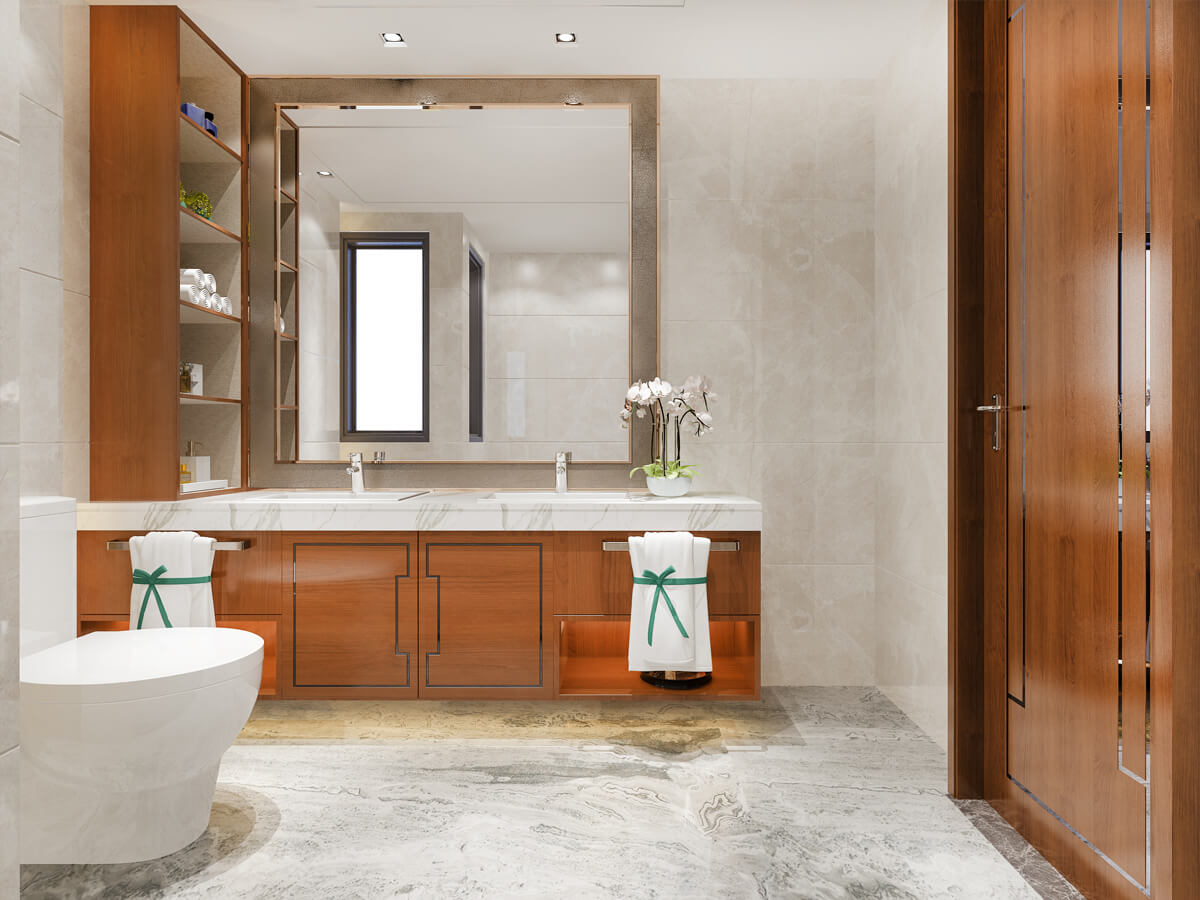
Custom Cabinetry for Kitchens & Bathrooms in Brooklyn, NY
Enhance your home’s functionality and style with custom cabinetry in Brooklyn by US Levin Construction. We specialize in creating bespoke kitchen and bathroom cabinets that fit your space, taste, and storage needs perfectly.
Service Benefits (Bulleted):
- 100% custom-built cabinets for kitchens and baths
- Premium materials:
- Solid wood
- MDF
- Plywood
- Features:
- Soft-close hinges
- Drawer organizers
- Smart layouts
- Styles:
- Modern
- Traditional
- Transitional
- Additional options:
- Built-in shelving
- Vanities
- Custom closets available
Tailored Storage Solutions for Every Space
At US Levin Construction, we believe cabinetry should be more than just functional—it should be beautifully integrated into your space and built to last. That’s why we offer custom storage solutions designed specifically for Brooklyn homes, where layout and square footage often demand creative thinking.
Whether you’re working with a narrow galley kitchen, an oddly shaped bathroom, or need full-height built-ins for a living space, we design and build cabinets that fit seamlessly—both in size and in style.
Our custom cabinetry services include:
- Kitchen Cabinets: Maximize space with custom drawer organizers, corner units, and sleek finishes.
- Bathroom Vanities: Floating or built-in, crafted to suit both small and spa-sized bathrooms.
- Built-In Storage: Wall-to-wall shelving, closets, and media units that blend with your architecture.
With endless material and finish options, your cabinetry will be both a visual upgrade and a long-term investment in your home’s function.


Why Homeowners Trust US Levin Construction
When it comes to custom cabinets in Brooklyn, details matter. At US Levin Construction, we bring craftsmanship, care, and clarity to every step of your project—earning the trust of clients across NYC.
Here’s what sets us apart:
- Custom-Built, Never Pre-Fab: Every cabinet is measured, cut, and finished to fit your exact space and style.
- Locally Experienced Team: We understand Brooklyn homes and how to design for their unique proportions and challenges.
- Premium Materials Only: We use quality wood, finishes, and hardware for lasting durability and beauty.
- Design-to-Install Support: Our team guides you through material selection, layout planning, and final installation with expert attention.
- Clean, Professional Workmanship: We respect your home like it’s our own, with tidy job sites and reliable timelines.
From brownstone kitchens to compact bathrooms, our cabinetry brings form and function together—beautifully.
FAQ
How should I prepare my kitchen for custom cabinet installation?
To prepare your kitchen for cabinet installation, clear all countertops, remove contents from existing cabinets, and create a clear path to the work area. Disconnect appliances and plumbing if needed, and cover nearby furniture or floors to protect them from dust. Proper prep helps ensure a smooth and efficient installation process.
Will I need to leave my home during cabinet installation?
In most cases, you do not need to leave your home during custom cabinet installation. However, expect noise, dust, and limited access to your kitchen or bathroom during the process. If you’re sensitive to noise or have young children or pets, consider staying out of the work area until installation is complete.
How long after cabinet installation can countertops be installed?
Countertops are typically templated 1–2 days after cabinet installation is complete and secured. Once templating is done, it usually takes 1–2 weeks to fabricate and install the countertops, depending on the material. Cabinets must be level and in final position before countertops can be measured and installed accurately.
What should I expect on cabinet installation day?
On installation day, installers will unload and inspect cabinets, mark stud locations, level and secure base cabinets first, followed by uppers. They’ll make necessary cutouts for plumbing or electrical and adjust doors and drawers for proper alignment. Minor noise and dust are normal. The team should clean up the space before leaving.
Can custom cabinets be installed over existing flooring?
Yes, in most cases, custom cabinets can be installed over existing flooring. However, if your flooring is uneven, damaged, or not installed wall-to-wall, it’s recommended to install cabinets first and flooring afterward for a cleaner edge and better alignment. Consult with your contractor for the best approach in your space.
What common issues can arise during cabinet installation?
Common issues include uneven walls or floors, delayed materials, incorrect cabinet sizes, or appliance misalignment. An experienced installer will know how to shim, adjust, or trim cabinets for a perfect fit. Clear communication with your contractor and a detailed pre-installation walkthrough can help avoid surprises.
Do installers handle plumbing and electrical hookups?
No, most cabinet installers do not perform plumbing or electrical work. You'll need licensed professionals to reconnect sinks, dishwashers, or lighting fixtures after the cabinets are installed. Coordination between trades is important to ensure your remodel stays on schedule and complies with code.
What warranty is typically offered for cabinet installation?
Most professional cabinet installers offer a warranty ranging from 1 to 5 years covering workmanship and installation defects. Manufacturer warranties may also apply to the cabinetry itself. Always ask your installer to provide warranty details in writing before the project begins.
How does professional cabinet installation impact home value?
Professionally installed custom cabinets elevate your home’s appearance and boost its resale value. Well-fitted cabinetry improves storage, organization, and aesthetics, especially in kitchens and bathrooms—key selling points for buyers. High-quality craftsmanship also adds to your home’s long-term durability and appeal.
